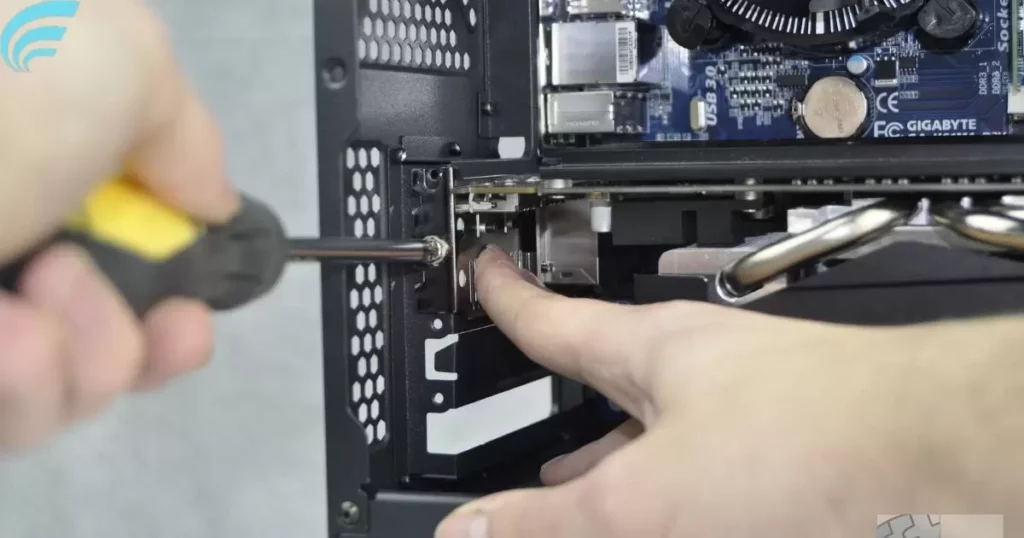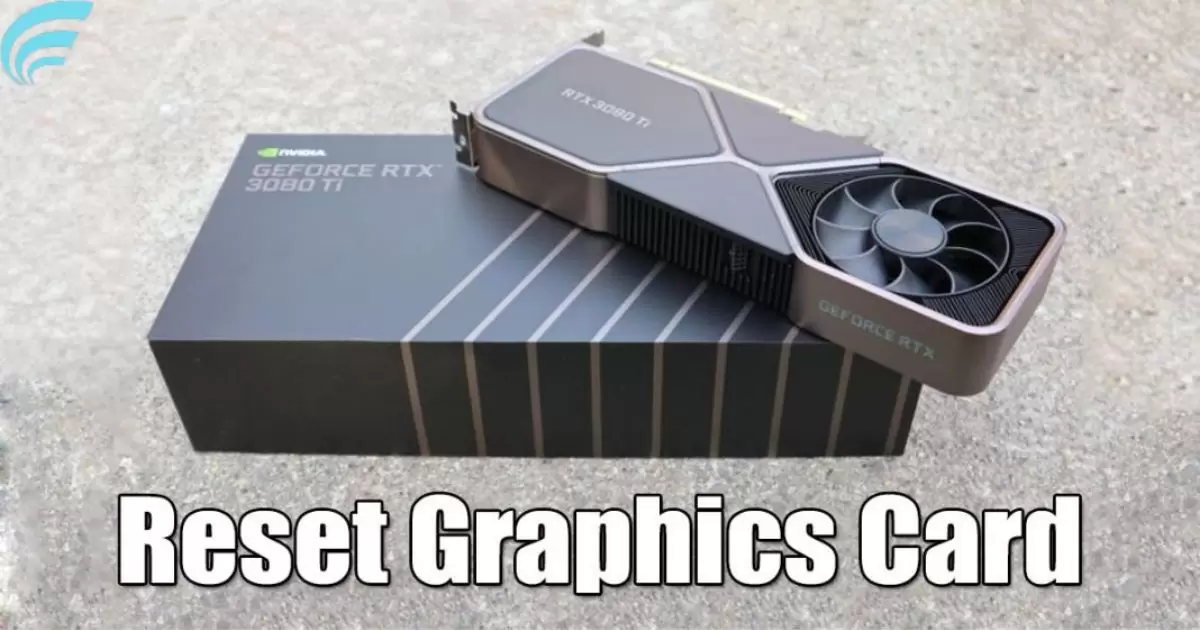Reseating a graphics card involves removing it from its slot and securely reinserting it. This maintenance step is crucial for addressing connection issues, enhancing performance, and resolving visual glitches or artifacts. By following a simple process, you can ensure the graphics card is securely seated in the PCIe slot, maintaining optimal performance and troubleshooting issues effectively. It’s an essential skill for computer users looking to maintain their system’s graphical capabilities.
Ready to take control of your computer’s performance? Discover the power of knowing how to reseat graphics cards and learn the essential skill of troubleshooting and maintaining your graphics card. Your call to action starts here.
Reseating a graphics card is a fundamental maintenance procedure for ensuring optimal performance and resolving graphical issues. By securely removing and then reinserting the graphics card into its PCIe slot, you can address loose connections, improve performance, and eliminate artifacts or visual glitches. This step is essential for gamers, PC enthusiasts, and professionals, as it can breathe new life into a system experiencing graphics-related problems. Learning how to reseat graphics cards empowers you to keep your computer running smoothly and enhances your overall computing experience.
Why Reseating Your Graphics Card Matters
Reseating your graphics card can be a simple yet effective troubleshooting step. Here are some reasons why it matters:
Fixing Connection Issues
Over time, the connections between your graphics card and the motherboard can become loose due to temperature fluctuations and vibrations. Reseating the card can address any connection issues, resolving problems like a black screen or artifacts.
Improving Performance
A poorly seated graphics card can lead to reduced performance. By ensuring a secure connection, you can optimize your GPU’s performance, leading to smoother gameplay and faster rendering times.
Troubleshooting Artifacts and Visual Glitches
If you’re experiencing graphical artifacts, flickering, or other visual anomalies, reseating the graphics card may eliminate these issues. Often, these problems are caused by a loose connection.
Dust and Debris Removal
While reseating your graphics card, it’s an excellent opportunity to clean out any dust and debris that may have accumulated in the PCIe slot or on the card’s connectors. This can help maintain the card’s optimal performance.
Tools and Precautions
Before diving into the reseating process, gather the necessary tools and take some precautions.
Tools You’ll Need
Screwdriver
Compressed air or a can of compressed air
Anti-static wrist strap (recommended)
Precautions
Ensure your computer is powered off and unplugged.
Avoid wearing clothing that generates static electricity.
Ground yourself by touching a metal part of your computer case to prevent static discharge.
Reseating Your Graphics Card: Step by Step
Follow these steps to safely reseat your graphics card:
Step 1: Open Your Computer Case
1. Power off your computer and unplug it from the electrical outlet.
2. Remove the side panel of your computer case to access the interior.
Step 2: Identify the Graphics Card
Locate your graphics card within the PCIe slot on the motherboard. It’s usually the largest expansion card in the case and is connected to the display outputs on the back of your computer.
Step 3: Remove the Retention Bracket
If your graphics card is secured with a retention bracket or clip, release it by pushing the retention tab or unscrewing the bracket, depending on your case design.
Step 4: Disconnect Power and Display Cables
1. Carefully unplug any power cables connected to the graphics card, such as PCIe power connectors.
2. Disconnect the monitor cable(s) from the graphics card’s video outputs.
Step 5: Unscrew the Graphics Card

Most graphics cards are secured to the case with a screw or retention bracket. Use a screwdriver to remove any screws securing the card to the case or the PCIe bracket.
Step 6: Reseat the Graphics Card
1. Gently grip the graphics card by its edges and lift it out of the PCIe slot.
2. Inspect the PCIe slot for any dust or debris and use compressed air to clean it if necessary.
3. Carefully reinsert the graphics card into the PCIe slot, ensuring it is fully and securely seated.
4. Reattach any screws or retention brackets to secure the card in place.
Step 7: Reconnect Cables
1. Reconnect any power cables, ensuring a snug and secure fit.
2. Reconnect your monitor cable(s) to the graphics card’s video outputs.
Step 8: Power On and Test
Plug your computer back into the electrical outlet, power it on, and monitor the display. If the graphics card was the source of your issues, you should notice improved performance and a reduction in visual glitches.
Troubleshooting Tips
If reseating the graphics card doesn’t resolve your issues, consider the following troubleshooting tips:
Check for driver updates: Outdated or incompatible graphics card drivers can cause problems. Download and install the latest drivers from the manufacturer’s website.
Inspect for physical damage: Carefully examine the graphics card for any physical damage, such as burnt components or visibly damaged connectors.
Test the card in another PCIe slot (if available): If your motherboard has multiple PCIe slots, try moving the card to a different slot to rule out a faulty slot.
Test the card in another system (if possible): If you have access to another computer, testing the card in a different system can help identify if the issue is with the card itself.
FAQs
Why would I need to reseat my graphics card?
Reseating your graphics card can address connection issues, improve performance, and resolve visual glitches or artifacts.
Is reseating a graphics card a complicated process?
No, reseating is a straightforward maintenance procedure that requires minimal technical knowledge.
What tools are necessary to reseat a graphics card?
You’ll need a screwdriver, compressed air, and an anti-static wrist strap (recommended).
Can reseating a graphics card potentially harm my computer?
When performed carefully, reseating is safe and can enhance your computer’s performance.
What should I do if reseating the graphics card doesn’t solve my issues?
If reseating doesn’t help, consider driver updates, inspecting for physical damage, or testing the card in another PCIe slot or system to troubleshoot further.
Conclusion
Mastering the art of How to Reseat Graphics Cards is an invaluable skill for anyone seeking to maintain their computer’s performance and troubleshoot graphics-related issues. This straightforward maintenance procedure not only ensures a secure and stable connection between the graphics card and the motherboard but also offers a remedy for various visual anomalies and performance hiccups. Whether you’re a gamer striving for seamless gameplay or a professional relying on consistent graphical performance, knowing how to reseat your graphics card empowers you to keep your system running at its best.
Reseating your graphics card, when performed correctly, can breathe new life into your computer, extend the lifespan of your hardware, and save you from unnecessary expenditures. It’s a vital step in ensuring that your graphics card operates optimally. However, it’s essential to address another critical aspect: Is Stockx legit for graphics cards? Ensuring you acquire authentic, reliable components is equally important to guaranteeing a smooth and efficient computing journey.
Unlock the potential of your graphics card with our guide on How to Reseat Graphics Cards. Optimize performance effortlessly.











